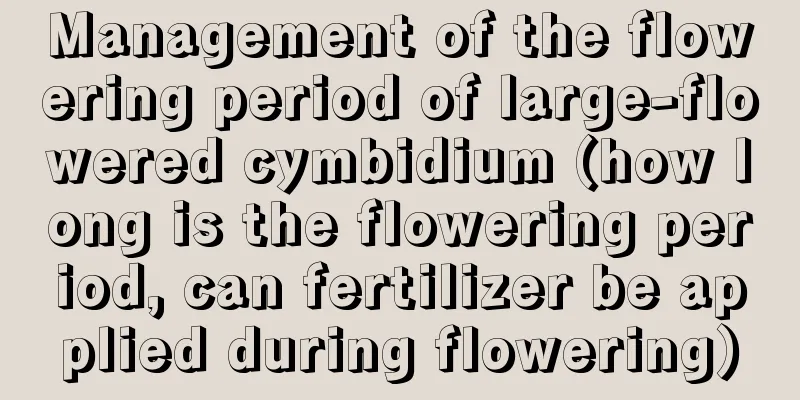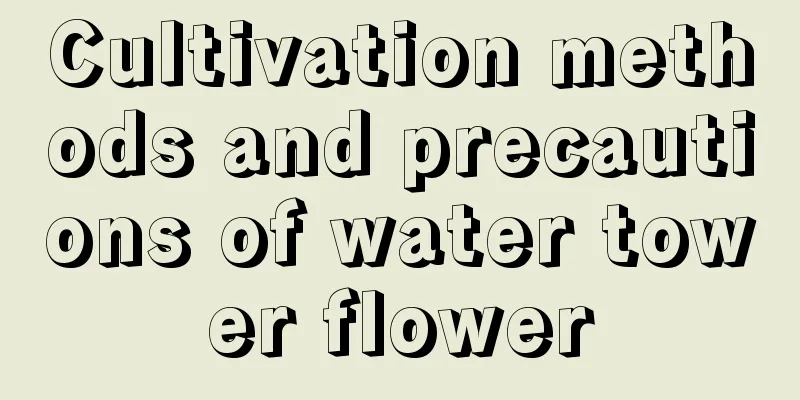How to fertilize lotus

When to fertilizeLook at the leavesThe water lily can determine whether it needs fertilizer based on the growth of its leaves. If its leaves turn yellow and become thin, it is a sign of lack of nutrition and it is time to apply fertilizer. Check the weatherIn fact, the fertilization of water lilies is also related to the weather. Fertilization can generally be done in the afternoon on sunny days, and avoid applying fertilizer before a heavy rain. Apply less fertilizer when the temperature is low, and apply more when the temperature is high. Look at the soil conditionThe fertilization of bowl lotus can be determined according to the condition of the soil. Check whether the soil is poor and supplement what is lacking. If you find that the soil is lacking in nitrogen, phosphorus, potassium and other elements, you should apply fertilizers containing these elements. If you find that the soil is alkaline, you can apply some superphosphate, which will have a good effect. See how lotus growsFertilization should also be based on the growth of the water lily itself. If it is well maintained on a daily basis, it will grow well and less fertilizer will be needed. But if it grows slowly, you should apply fertilizer earlier and more. See the variety and sizeThe fertilization operation of bowl lotus should be determined according to the variety and size of the plant. There are many varieties of it, and the sizes of the plants are also different. In principle, more fertilizer should be applied to large plants and less fertilizer should be applied to small plants. Early-developing varieties can be applied early, and fertilizer-tolerant varieties should receive more fertilizer. See the seasonSeasonal changes will also change the way water lilies are fertilized. Generally, the season when it has the greatest demand for fertilizer is summer, and a large amount of fertilizer should be applied, while relatively less fertilizer is applied in other seasons. Specifically, the principle is to apply less fertilizer in spring and autumn, more fertilizer in summer, and no fertilizer in winter. Fertilization methodbase fertilizerBasal fertilizer is a certain amount of fertilizer applied when the plants are planted. However, since it is not tolerant to fertilizer in the early stages of its growth, excess nutrition may cause the water lily to die. Therefore, when cultivating it, you can omit the application of base fertilizer or apply a small amount of decomposed liquid fertilizer as base fertilizer. Be careful not to cause fertilizer damage. top dressingIn fact, the most important fertilization work for bowl lotus is top dressing. As it slowly comes to life and begins to grow normally, the matrix in the soil has been almost consumed. It needs top dressing to ensure its normal growth, otherwise the leaves will age and flowering will be affected. When applying fertilizer, you can stuff a small piece of raw bean cake into the mud of the water lily, let it ferment slowly, and allow the lotus roots to slowly absorb nutrients. You can also use decomposed bean cake or manure as topdressing. Targeted fertilizationFertilization must be targeted so that the right fertilizer can be applied, good fertilizer can be applied, and fertilizer damage can be reduced. If the water lily develops slowly and has a thin plant shape, it is lacking nitrogen. If it has lush stems and leaves but few flowers, it is because too much nitrogen fertilizer has been applied. Poor root development and few flower buds indicate a lack of phosphorus. The stems of water lilies are thin and have poor disease resistance, which is due to potassium deficiency. These are all poor growth caused by lack of certain elements, and specific fertilizers need to be used in a targeted manner. In addition, it is necessary to apply walnut-sized amounts of decomposed cake fertilizer crumbs as topdressing in the summer to extend the flowering period. OverfertilizationIf the water lily grows poorly, it is mostly due to lack of fertilizer. Just apply appropriate fertilizer. However, since the plant is small and requires little fertilizer, fertilization should be moderate. If excessive fertilizer is applied, the plant will grow too tall and only grow leaves but no flowers. In severe cases, the plant may die. If you find that the water lily is over-fertilized, you can change the water frequently to dilute the fertilizer. |
<<: Succulent care tips, become a succulent expert in seconds!
>>: How to make lotus seeds bloom
Recommend
The difference between snow sedge and ball pine
The difference between the shapes of the snow sed...
When is the best time to sow wheat seeds
Time to sow seeds of chrysanthemum If you want to...
How to prune ivy
Does ivy need to be pruned? The answer is of cour...
How to cultivate white orchid
1. Potting soil It is best to use soil with good ...
How to graft keel
1. Time Selection The time for cuttings should be...
Differences between Primula vulgaris and Primula ovata
1. Differences in plants The height of the Europe...
The efficacy and function of perilla oil, the efficacy and function of perilla water
1. The efficacy of oil 1. Lowering blood lipids: ...
Is it profitable to grow apples? How much profit can you make from growing apples?
Can you make money growing apples? It is not easy...
How to Plant Clover Seeds
Clover Seed Introduction Generally, clover seeds ...
How does Kalanchoe easily survive the summer?
Kalanchoe is a very common household potted green...
The cultivation methods and precautions of Daxuesu
1. Maintenance methods 1. Temperature: Fifteen to...
How to water the lucky charm
Watering time The lucky charm plant likes a humid...
Kiwifruit Management Techniques in April
As April begins, kiwifruit orchards in northern r...
There are 3 types of spider plants, with lush leaves and blooming flowers. Hurry up and grow one!
As plants grown at home, some people have to work...
How to grow the succulent moonflower so that it will grow many heads and the pot will be full? How to grow the succulent moonflower so that it will grow many heads
The moonflower is not poisonous . Not only that, ...









